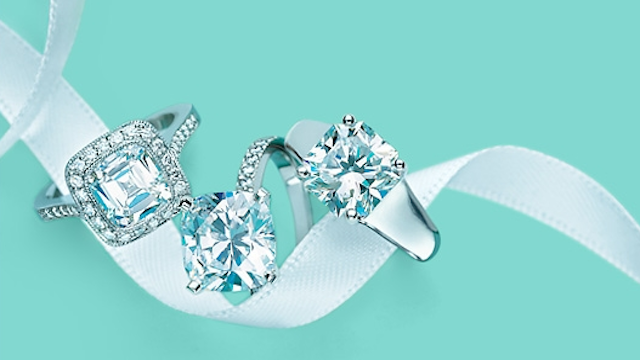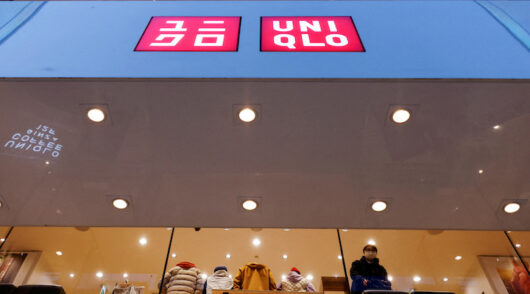Tiffany & Co continues to struggle in Asia, with same-store sales down 7 per cent in the first half year and by 5 per cent in the second quarter.
Tiffany Asia achieved sales of US$235 million in the quarter and $492 million in the half year, up 2 per cent and 5 per cent respectively thanks to store network expansion and improved wholesale revenue.
“The decline in comparable-store sales included strong growth in Mainland China that was more than offset by softness in other countries, which management attributed to lower foreign tourist spending,” the company said.
On a constant-exchange-rate basis, Tiffany Asia sales increased 2 per cent in the quarter and 5 per cent in the first half, and comparable store sales declined 7 per cent and 4 per cent, respectively.
In Japan, total sales of $140 million in the quarter were 1 per cent above the prior year while sales of $268 million in the first half were approximately unchanged from the prior year. Comparable store sales rose 3 per cent and 1 per cent, respectively.
Management attributed retail sales growth to spending by local customers in both periods, while wholesale sales declined.
Global sales increased 3 per cent to $960 million in the latest quarter, with comparable store sales down 2 per cent.
Management noted an increase in wholesale sales of diamonds and strong e-commerce sales growth.
“Overall, growth in fashion and designer jewellery sales contrasted with softness in other jewelry categories.”
Net earnings rose 9 per cent to $115 million for the quarter.
For the first half year, worldwide net sales of $1.9 billion were 2 per cent higher than the prior year, while comparable store sales were 2 per cent below the prior year. Net earnings rose 8 per cent to $208 million.
As at July 31, Tiffany operated 312 stores globally, including 85 in Asia Pacific and 54 in Japan. That included two new stores in Asia Pacific, and a net loss of one store in Japan.
Results show “early promise”
Analyst Neil Saunders, MD of GlobalData Retail, said the latest figures from Tiffany “show the early promise of progress at a company that has often struggled to remain relevant in the modern era of retail”.
He said one of the more promising areas of progress is the company’s attempts to better connect with younger consumers – a constituency with which it had lost traction.
“Some of this is down to improved product – with the more contemporary, fashion-focused Return to Tiffany collection of silver jewellery having been well received. Collections by designers like Elsa Peretti and Paloma Picasso have also stimulated interest and have added a much-needed contemporary edge to Tiffany’s product mix.
“With improvements to the assortment, Tiffany also understands that it needs to communicate to younger shoppers to increase the resonance of the brand. Here we are encouraged by marketing campaigns, including fall advertising featuring Janelle Monáe, Zoë Kravitz, & St. Vincent (Annie Clarke). These campaigns have a much more modern feel and successfully highlight the changes that are being made on the product front,” said Saunders.
“One of the areas where we have long been critical is store design. While they are neat and well maintained, many of Tiffany’s stores look old fashioned and, for the younger consumer, can be intimidating. In essence, they convey a message of old-world luxury which is increasingly at odds with what consumers want and with what many competitors are delivering. The company now seems to have recognised this with the ongoing remodeling of some of its main stores.
“The Union Square shop in San Francisco, which was redesigned earlier in the year, has been well received and is delivering results. In our view, the design strikes exactly the right balance between something that feels youthful and modern but which maintains an air of exclusivity and luxury. If this thinking can be rolled out to other stores, including non-flagship locations, we believe Tiffany can make real progress in terms of driving up same-store numbers.”
But for all of the advancements, there is much more to be done, Saunders said.
“Tiffany remains a work in progress. However, we believe that there is now a sense of momentum and energy at the company that was simply not there a few years ago. The new management team is responsible for this, and the recent appointment of Alessandro Bogliolo as CEO should ensure that change continues at pace.”






